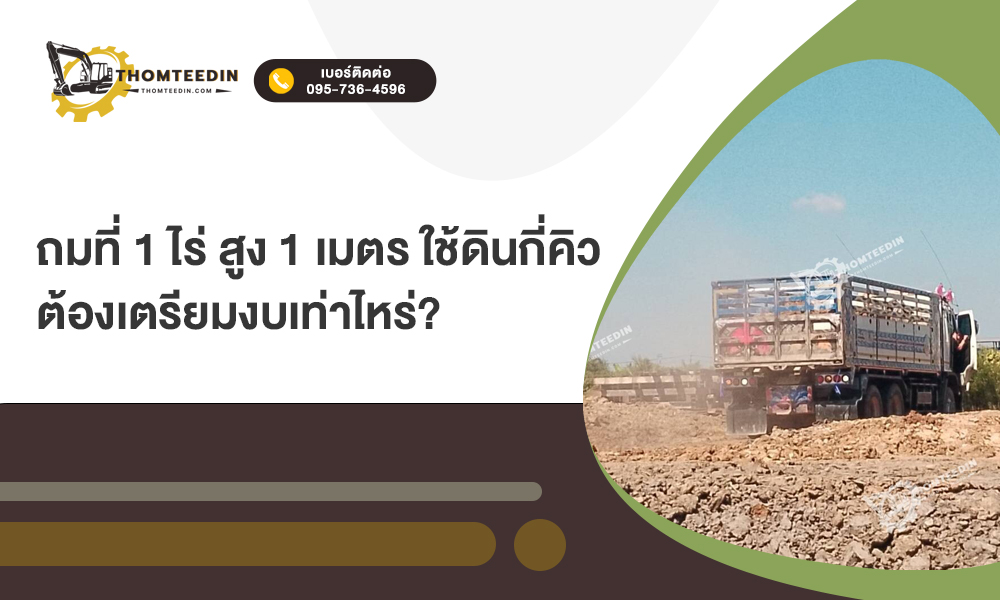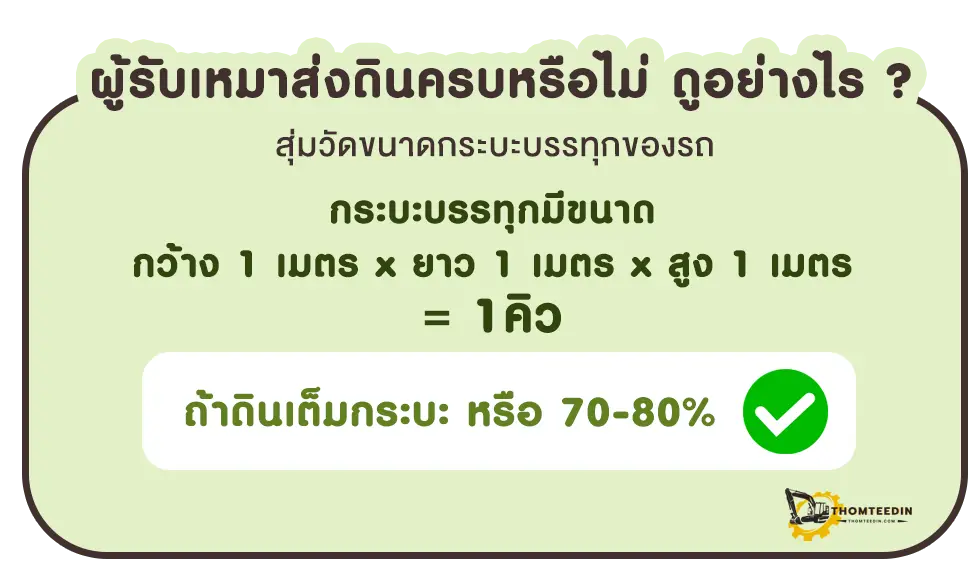What to Expect When Budgeting for Land Filling 1 Rai
What to Expect When Budgeting for Land Filling 1 Rai
Blog Article
Land Filling (ถมที่ดิน)measure to increase the value and usability of the property. filling the land is an essential element of this. When dealing with a plot of land, particularly areas with uneven terrain or drainage issues, understanding the costs of filling land is vital for budget planning and effective project management. This guide gives a complete review of the expenses related to land filling for a plot measuring 1 rai, which is a typical measure used in Thailand equivalent 1600 sq m.

Factors Influencing Land Filling Costs
Site Assessment and Preparation Before any filling begins it is essential to conduct a thorough site assessment is required. This involves assessing the current land condition, determining soil stability, as well as identifying any potential environmental concerns. The costs for site assessment may vary in price, typically ranging from $500-$2,000, based on the complexity of the terrain and the amount of detail that is required.
Material Costs: The type and amount of materials required for land filling significantly impact the overall cost. The most common materials are soil, gravel, Sand, or a mix of these. The price of these materials will vary depending on the quality and availability as well as the transportation. The cost of materials might be between $10 and $30 per cubic meter. For a plot of 1 rai dependent on the depth of filling, you might need between 2,000 and 1,000 cubic meters of material, which would result in a total material cost of around $10,000 to $75,000.
Labor and Equipment It is important to note that the cost of labor and the equipment needed for filling land can be substantial. This can include hiring skilled workers as well as renting equipment such as excavators, bulldozers and compaction equipment. Costs for labor can range between $15 and $50 per hour for each worker, and the rental of equipment can range from $100 to $500 per day, depending on the machinery and rental time. For an undertaking of this magnitude, labor and equipment costs may total $5,000 to $20,000.
Quality Control and Compaction: Proper compaction is crucial for ensuring the stability and durability of the filled land. Compaction is the process of using equipment to compress the fill material which takes time and resources. Measures to ensure quality control, including testing the compaction and assessing the fill material's stability, add to the cost. Estimate to budget $2,000 to $5,000 for quality control and compaction.
Environment and Permits Depending on the location and local regulations, permits might be required for land filling projects. Permit fees can vary in a wide range, ranging from a few hundred to thousands of dollars. In addition, if the project is detrimental to local ecosystems, and requires special disposal of waste, further costs might be required.
Overall, the estimated cost of filling a 1 rai plot can range from $18,000 to $105,000, depending on various factors such as costs for materials, the depth of filling, and local regulations.

Conclusion
Knowing the costs of land filling for a 1 square rai plot is a matter of evaluating a number of factors, including site preparation, materials, labor, and additional aspects like permits and environmental impacts. If you take the time to evaluate these factors homeowners can make better decisions about their budget and ensure an efficient land filling process that enhances the value and utility of their property. Report this page